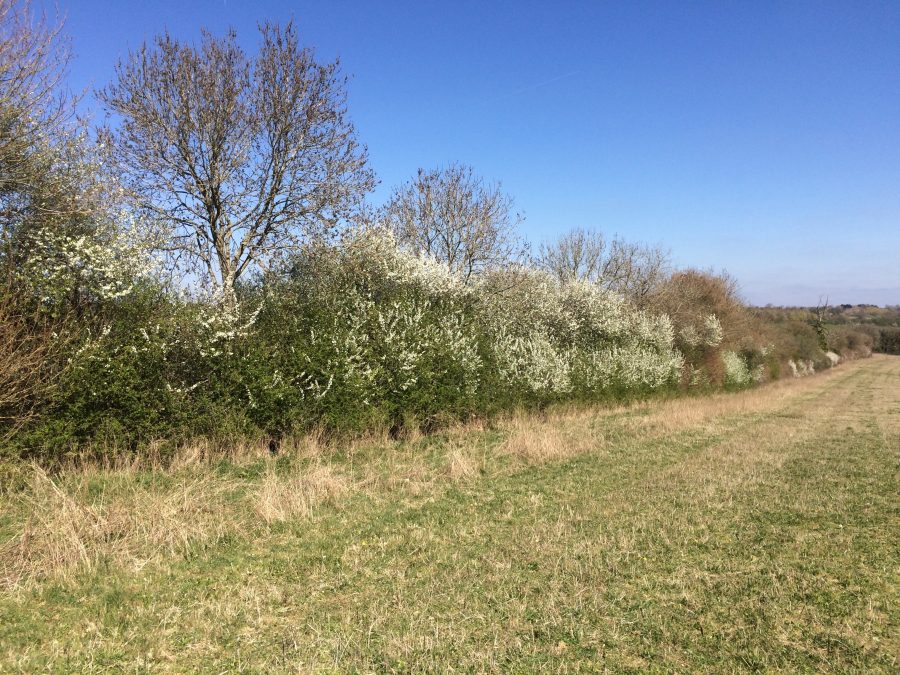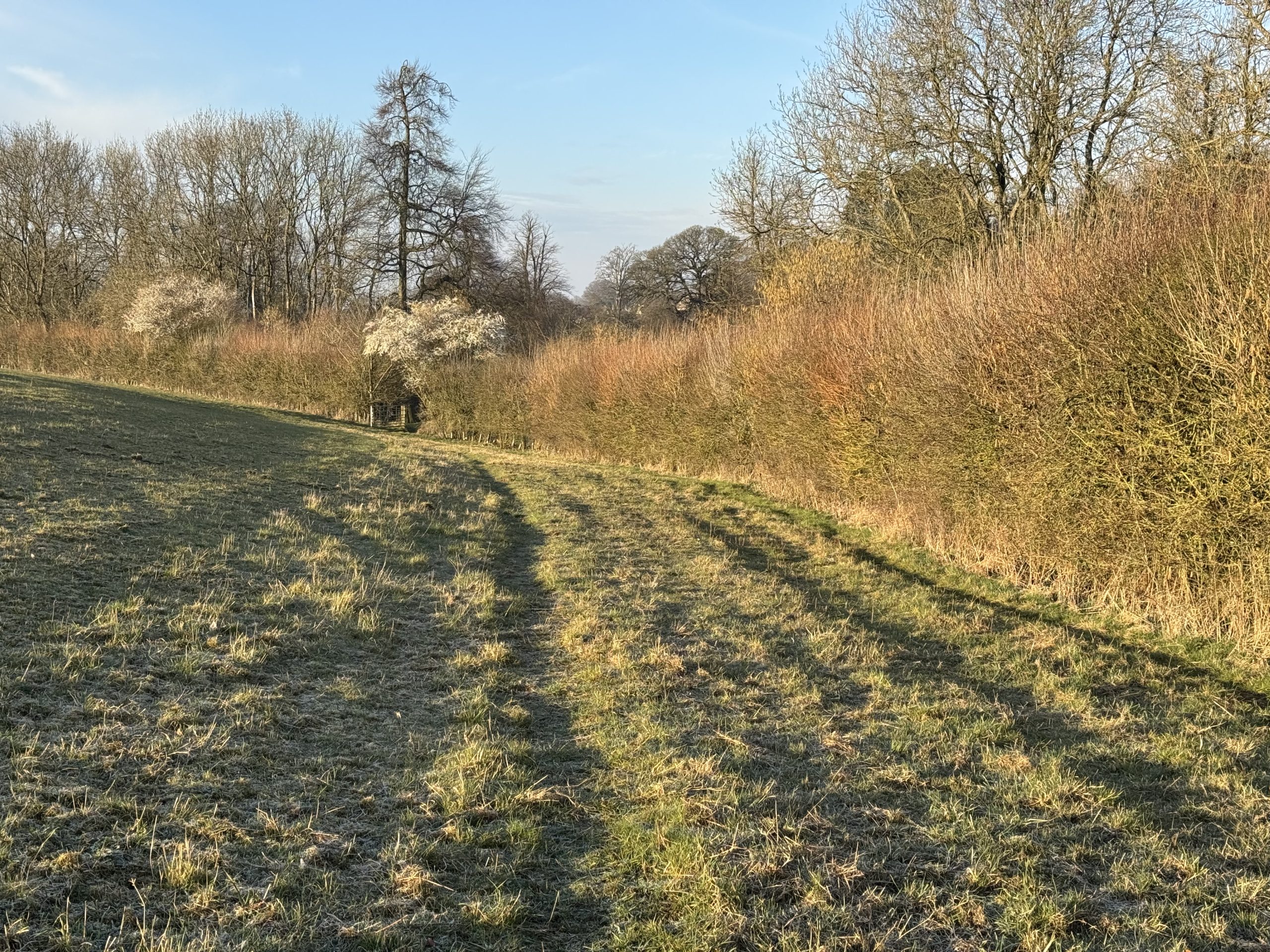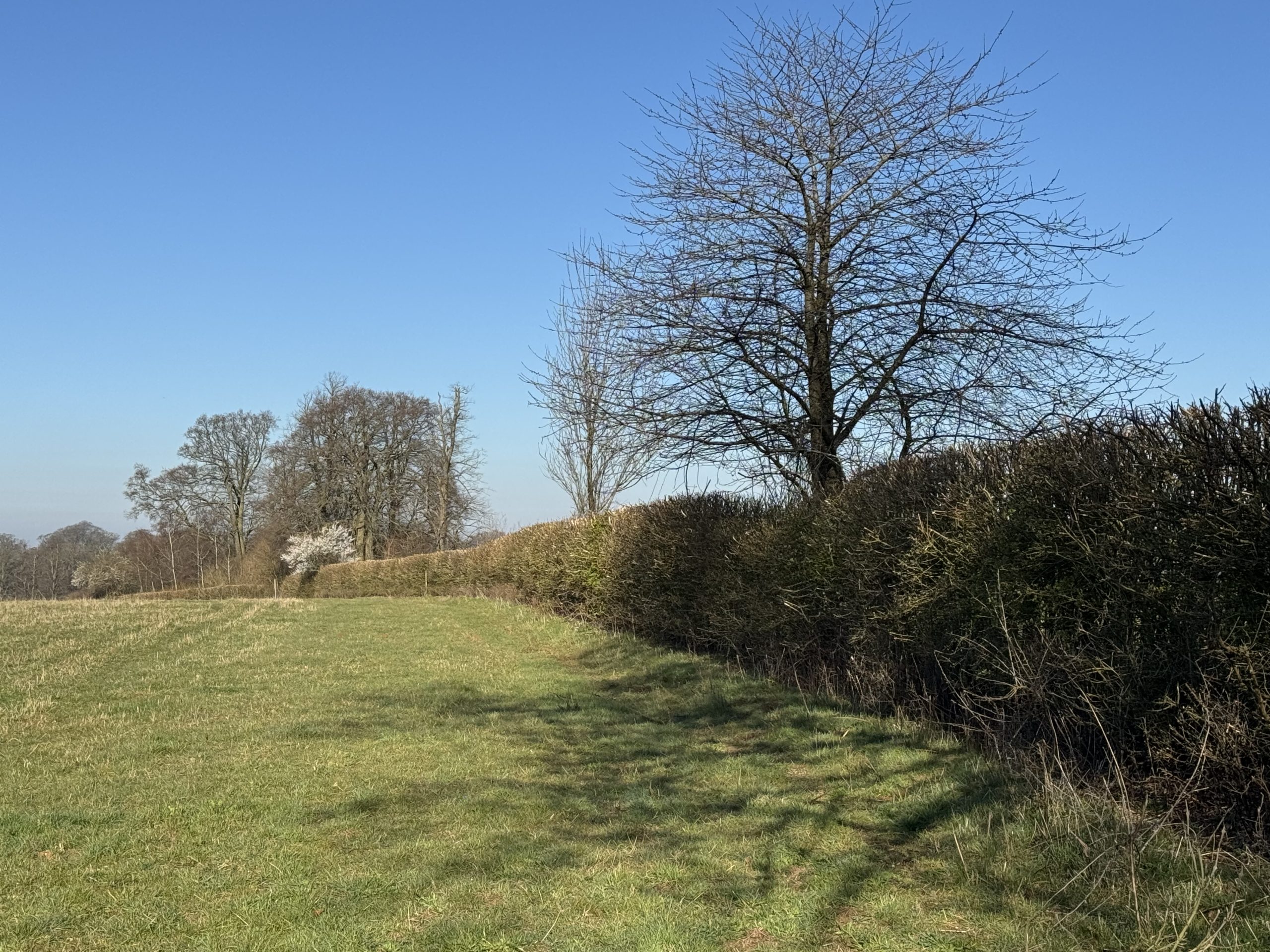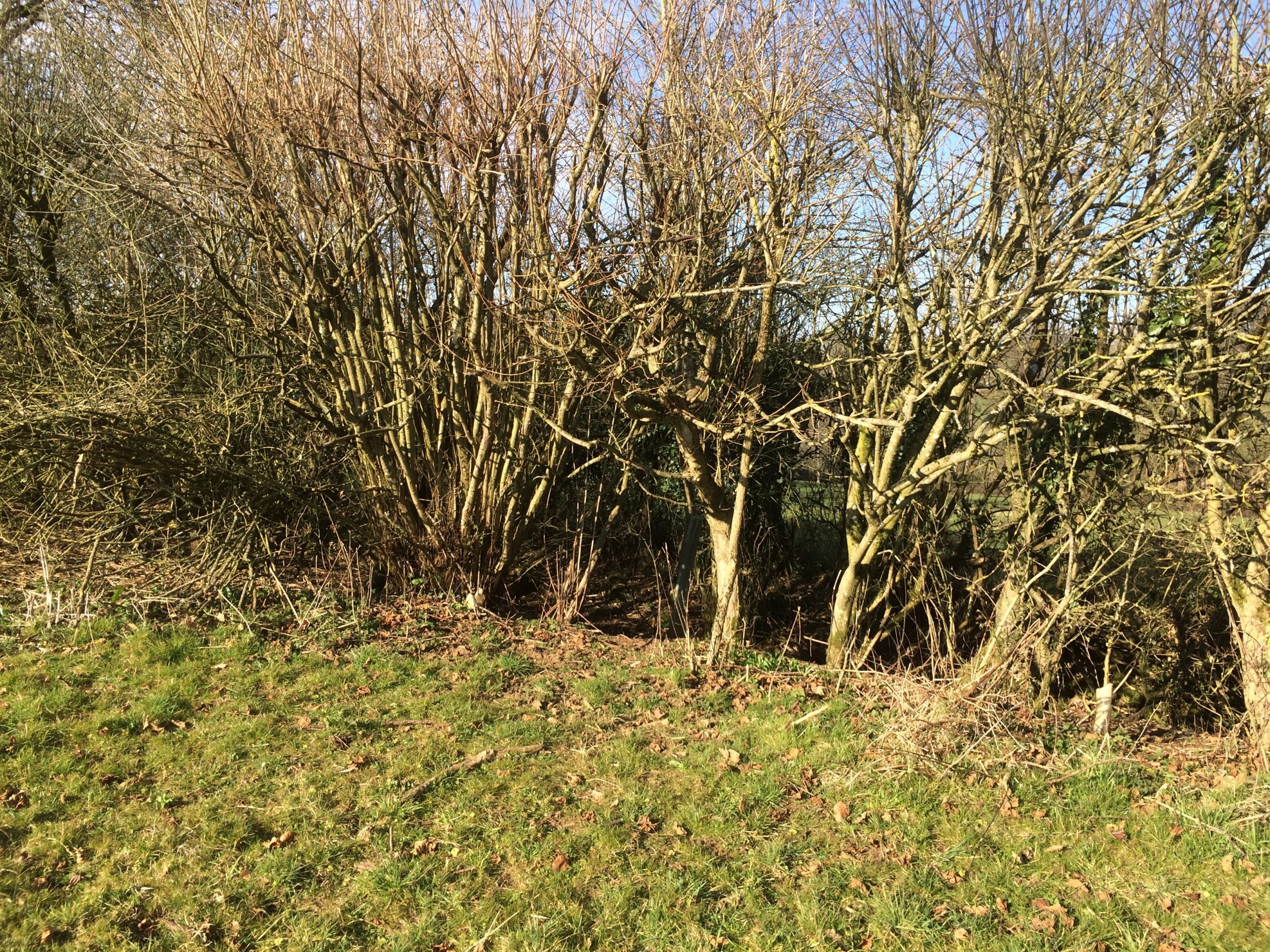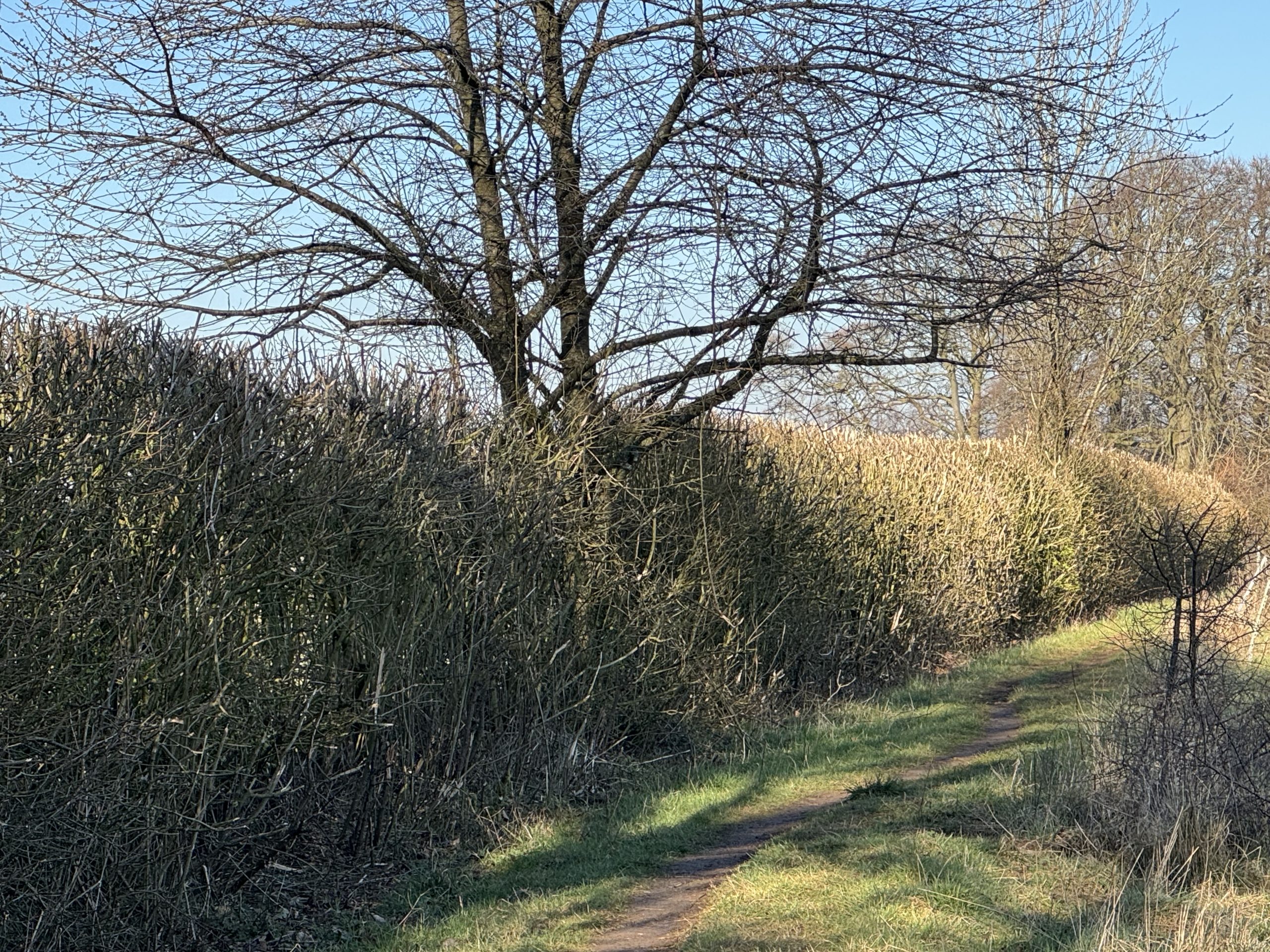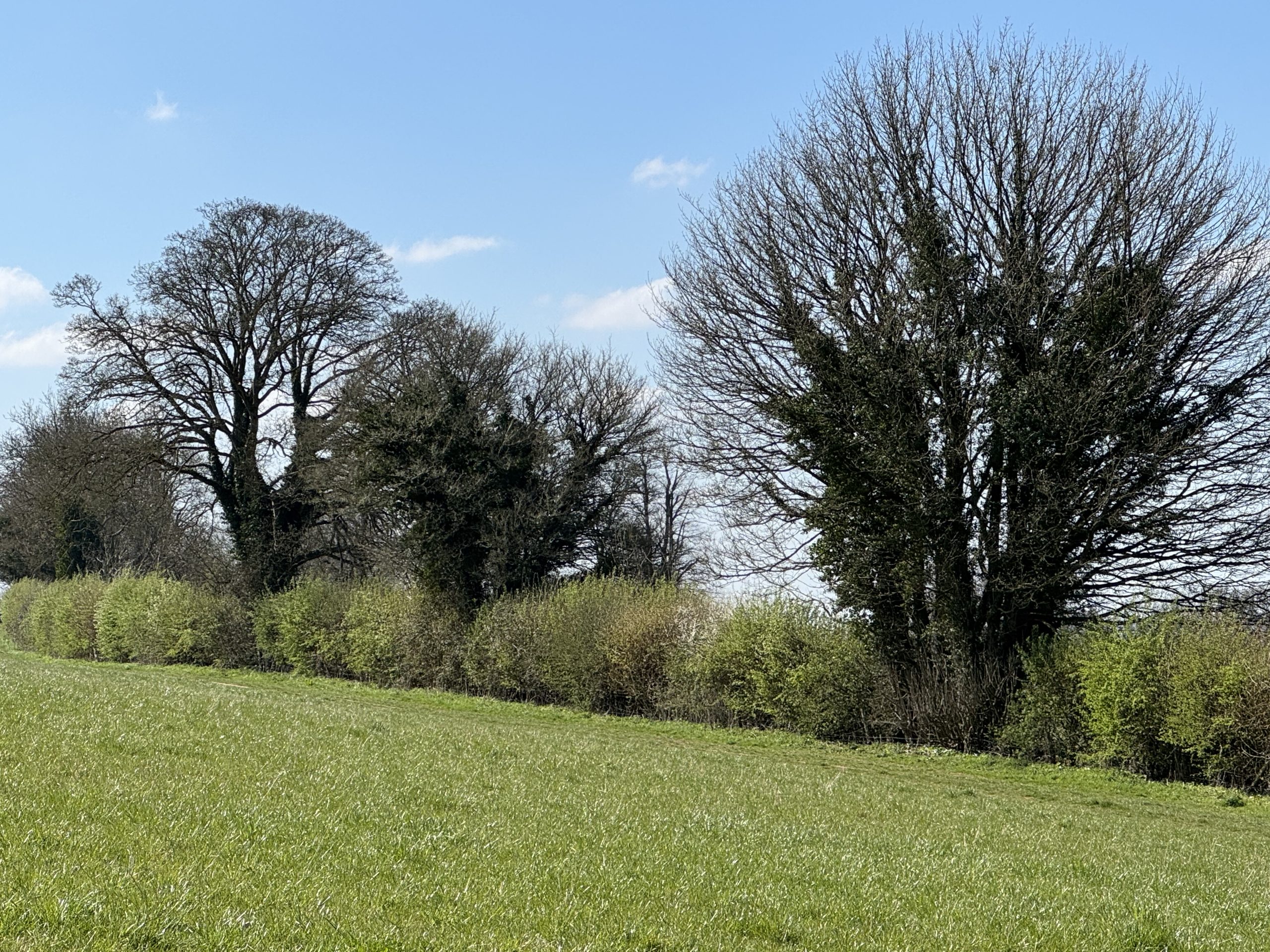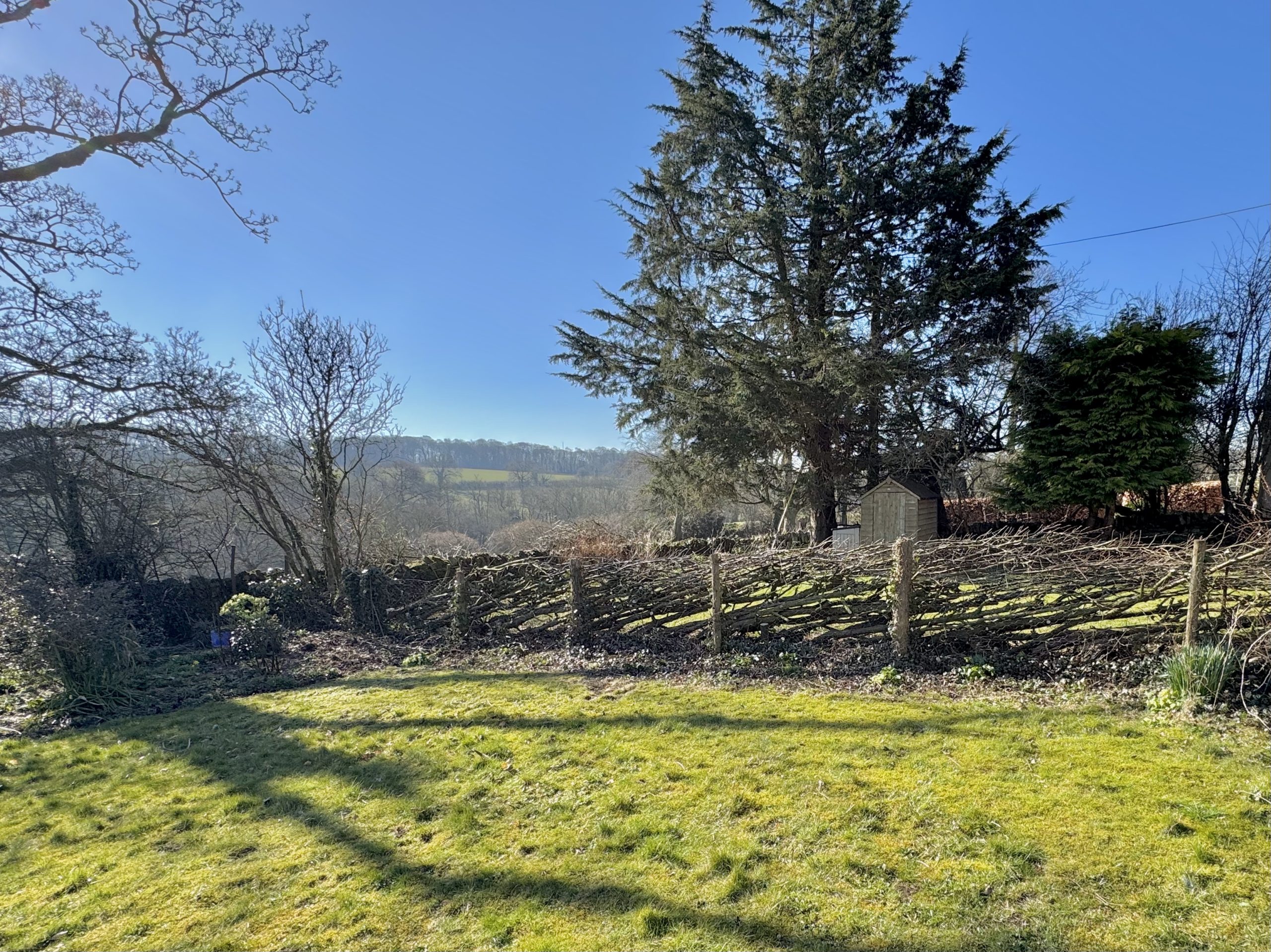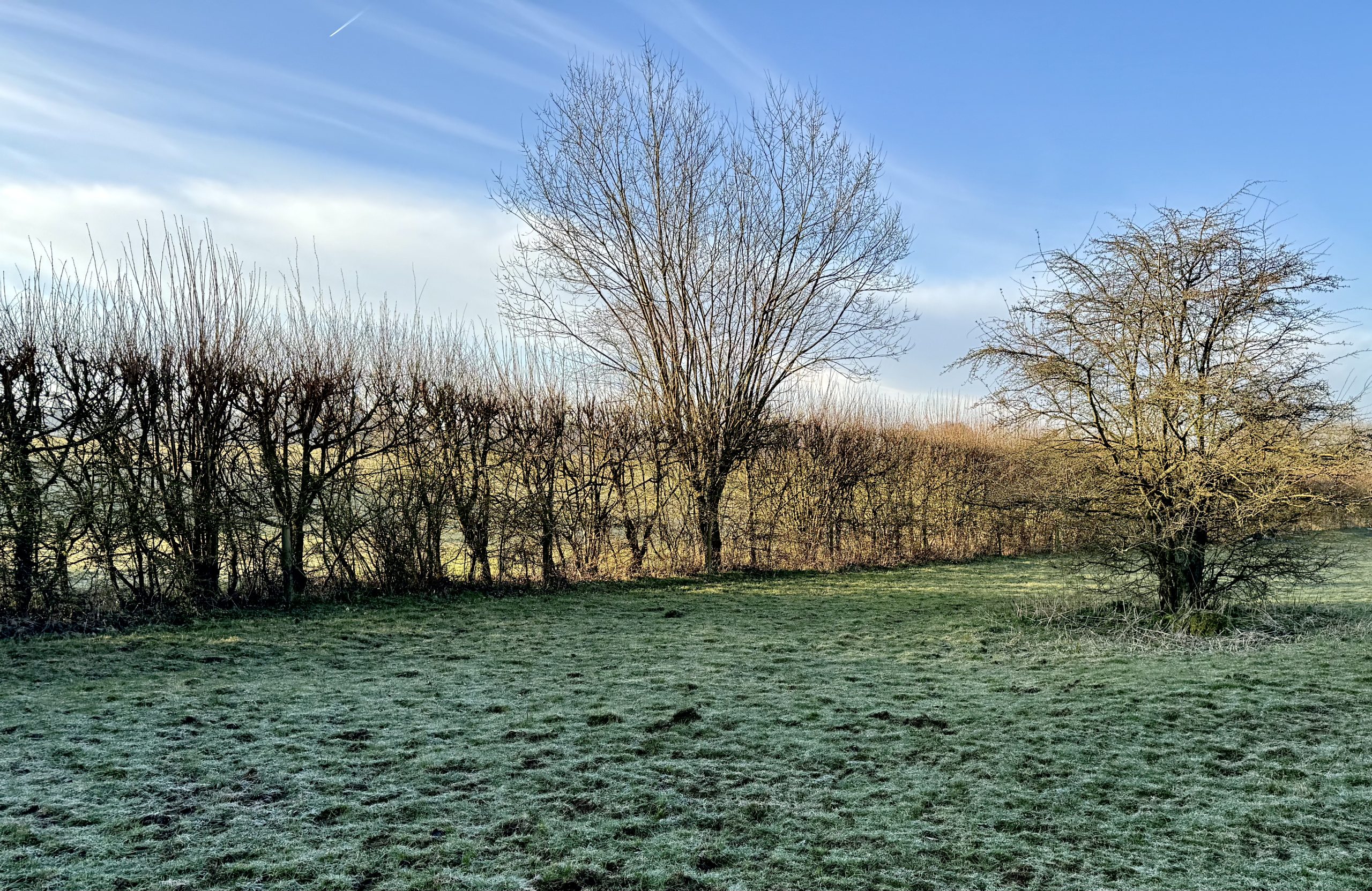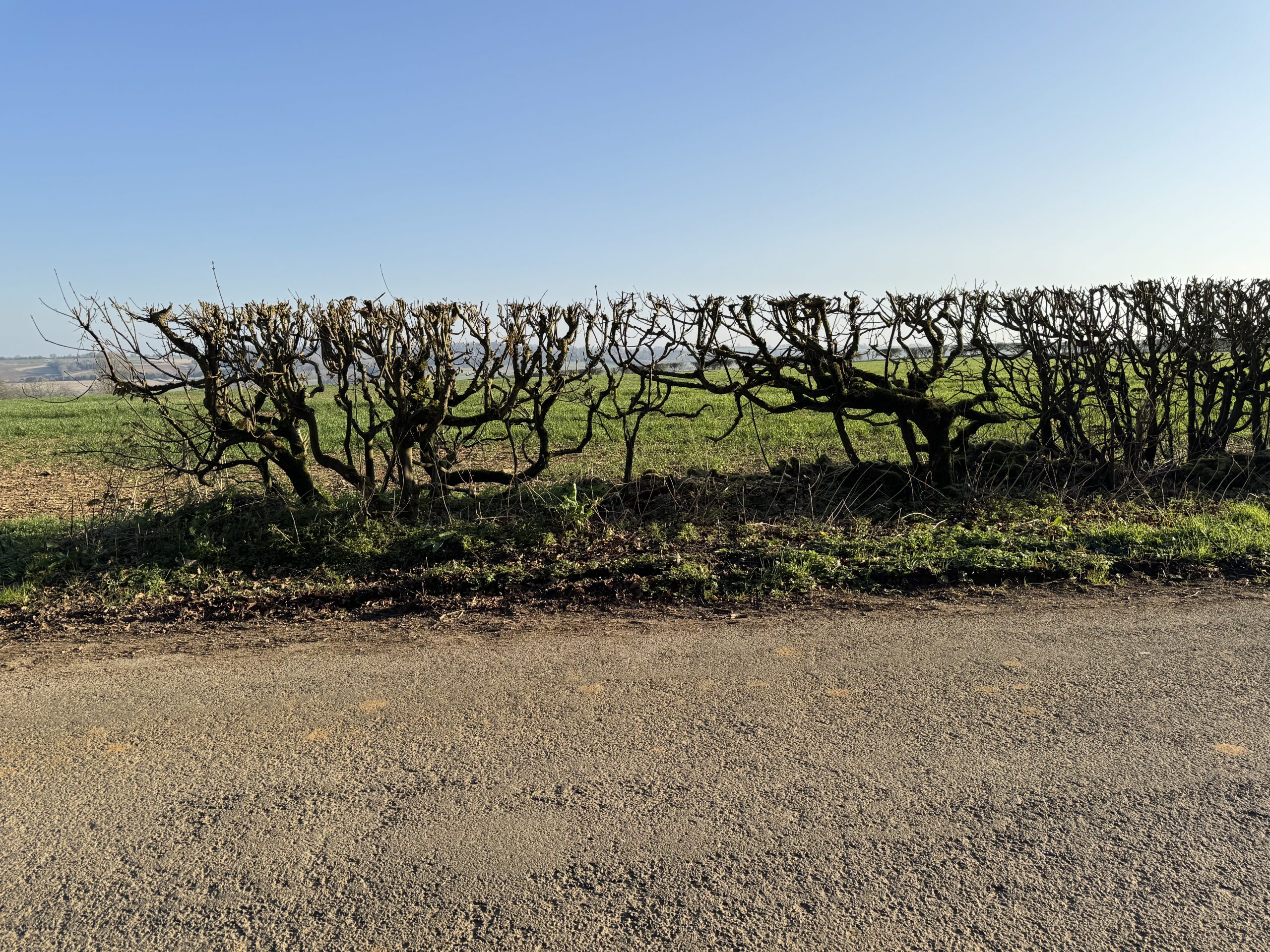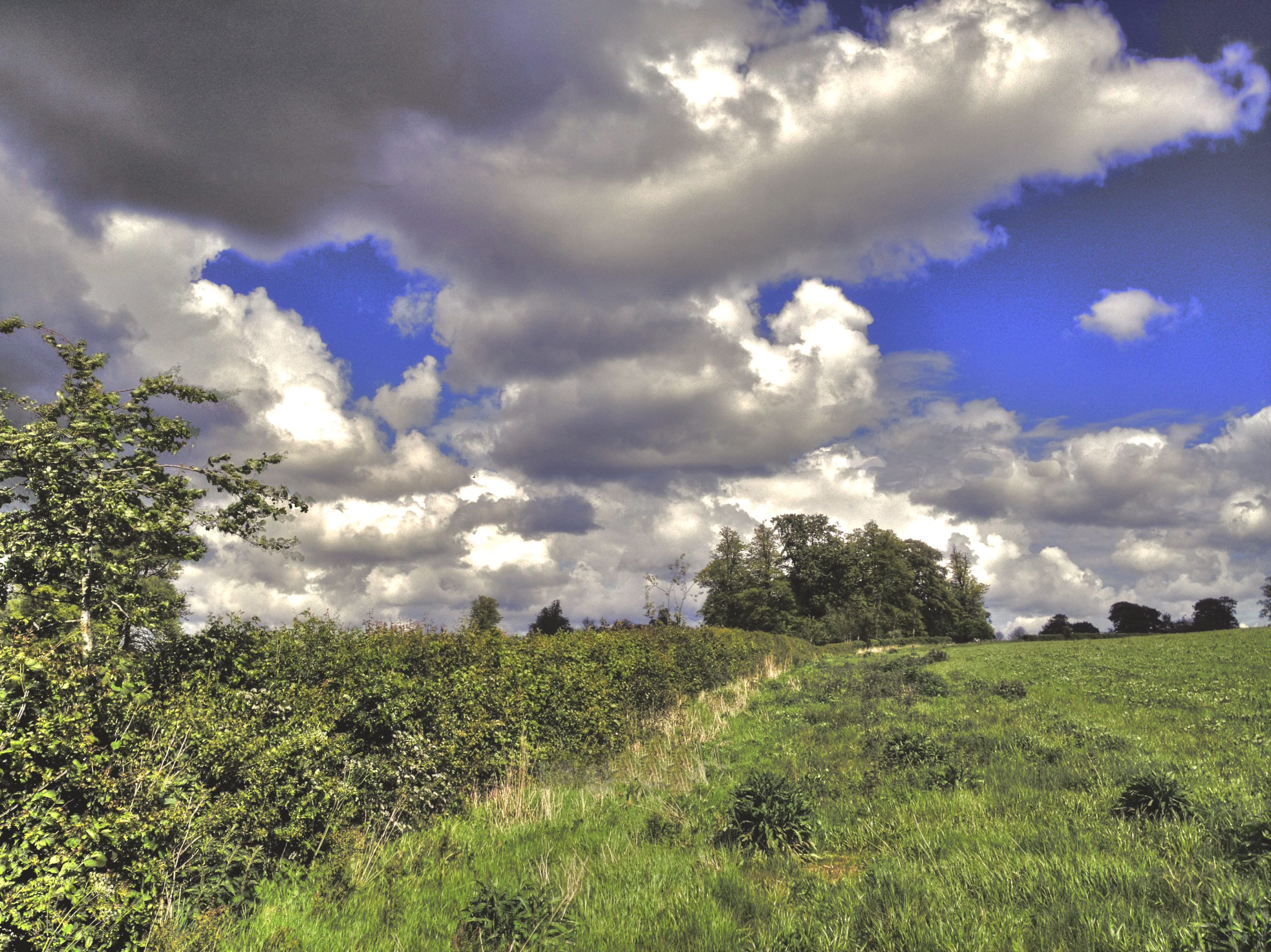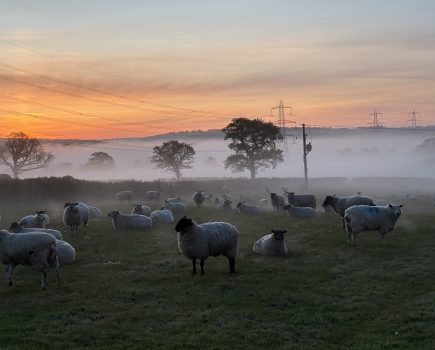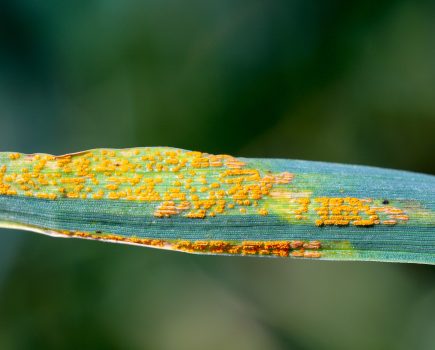Tidy, symmetrically trimmed hedges with regular, straight rows of drilled corn and perfect tramlines are the sign of a good farmer, epitomising maximum yield at minimum cost.
Perhaps. But should farms be regimented like suburban gardens? How about an alternative view that mankind is over exploiting the planet? In creating farms we have highjacked habitat to our purpose and moulded it to suit our disordered desires. Hence the hole we are in and, Trump-like, we just keep digging.
Rich ecosystems need diverse habitats, which is not where much of farming is today, for there is some unavoidable conflict between producing economically for us and delivering for nature. Nature likes variety and a bit of mess.
Hedges were grubbed out after the war to increase productivity and efficiency. Alarming ecological collapse led to changes on farm and, sometimes supported by government schemes, hedges were replanted. Yet there is not much to show from these miles of new hedging. Why? Where are we going wrong?
Driving round the country looking at hedges is depressing. Miles of massacred, gappy ‘bonsai’ trees, one metre high and even less wide, mainly ash, elder and sycamore, all given their autumnal short back and sides, like squaddies ready for inspection. That sort of hedge is ecologically useless and can’t help the arable crop either. So why are they still there, wasting money and time?
Removal would certainly speed up and simplify fieldwork, so why not do that? Are hedge protections too inhibiting? If so, why not embrace the alternative of restoration, for such hedges are redeemable? There is a view that hedges adversely affect crop yields through water, nutrient and light competition and by harbouring crop pests. I can find no convincing data to support this myth.
Is the case for conserving and improving hedges sound, and what does the ideal hedge look like? There is now a wealth of science-based work to show that good hedges provide excellent crop, soil and animal shelter, hold water and store carbon. They foster soil fungi and are a haven for beneficial insects that help control crop pests, so reducing the need and expense of chemical remedies.
Good hedges significantly increase biodiversity and provide excellent corridors that facilitate the spread of wild organisms, so depleted by the large areas of monoculture. These tremendous ecological benefits stimulated Robert Crocker, a Cotswold farmer, to campaign publicly for hedges to be linked across the country from Tyneside to Lands End. A laudable goal yet to be achieved.
To maximise a hedge’s benefit, what should it look like? Foremost it should be a multi species to maximise habitat and biodiversity yield. Hawthorn, the commonest, and most reliable – though fairly slow growing – core of a hedge, could contribute up to 50% of the hedge, but the rest should be made up of six or more species to guarantee richness.
Each species is host to a different array of insects and provides food throughout winter to various birds and mammals, so no new hedge should have fewer than seven species, and preferably a dozen to deliver fully.
The reasons for this are legion. Blackthorn is host to the rare brown hairstreak butterfly and ripe sloes for late winter feed, buckthorns are host to brimstone butterflies, while spindles support many moth species and deliver winter seeds.
Native honeysuckle, quite rare now, feeds hawkmoths and provides nesting habitat and winter berries. And why not add specimen trees, such as oak or disease-resistant elms, to add even more diversity? The list is long and available online from the Woodland Trust. This potential bonanza is destroyed by annual hedge slashing, which defeats the ecological objective by leaving no bird food and destroying overwintering insects and their eggs for no extra crop yield.
Management, and to a degree lack of it, is key to hedge success. Ideally, new hedges should be laid about 12 years after planting to thicken the base and give linear structure, followed by a light annual trim for a couple of years to increase body, then left for 20 years before relaying. Where this is impractical, mechanical trimming every three to four years, on rotation, gives a compromise result.
I have found, however, that relying only on mechanical flailing leaves little in the base, so reducing available nesting sites (many of our birds nest on or near the ground in dense cover), weakening the structure, resulting in a poorer hedge that needs wire to make it stock proof.
Rotational flailing is much cheaper and better than the annual butchery, but is less durable than laying every 20 years or so. Laying becomes economic if a few metres can be done each winter, in house, and not to competition standard. The few metres I did, slowly, this winter were enjoyable and healthy exercise, but I am running out of winters!
Having decried the pathetic size of most hedges, how big should they be to deliver all the objectives with no downside? Variety is of the essence and rotational management achieves this. An average height and width should be three metres, for hedge volume correlates closely with bird breeding success. Using mechanical flails on a three-year rotation delivers some variety of height and width, but on a 20-plus year rotation the variety would be so much greater from 1.5m, freshly laid to five metres or more, awaiting the next laying.
A hedge’s value is vastly increased by an adjacent, botanically rich, margin. Just imagine the wild surge if all, or at least most, farms approached this goal at no significant loss of agricultural production. Good hedges really are “worth their weight in gold” ecologically. It must be done to reverse the decline and ultimately ensure our own survival.
- Park/ Sanfoin hedge
- Laying base mainatained
- 2+m hedge with trees that survived flailing
- 3m but no basal body
- 4 yearly flail trim
- 25yo double hedge with mature trees
- Blackthorn dominating. Great habitat
- Freshly laid hornbeam hedge
- Ideal for laying
- Thick hedge. Great habitat
- Useless hedge!
- Useless hedge
- Young hedge 2 years post laying
For more like this, sign up for the FREE South East Farmer e-newsletter here and receive all the latest farming news, reviews and insight straight to your inbox.

